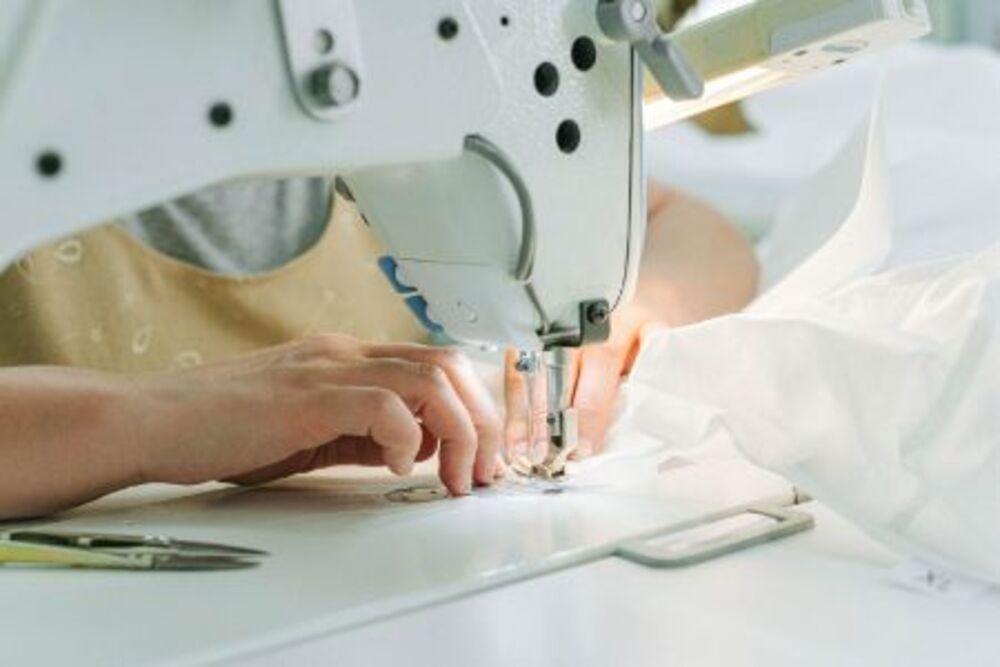
Types of Sewing Machines
- by Jonathan Wood
- Posted on May 29, 2023
There are three main types of sewing machines: Domestic, Serger, and Overlocking. Depending on your sewing style and needs, you will choose one of these categories.
Domestic sewing machines
A domestic sewing machine can be described as a piece that is intended for home use. It’s typically made of plastic or metal, and it’s designed to perform a wide variety of sewing tasks. Sewing enthusiasts, housewives, and hobbyists use domestic machines most often.
They are a great option for those with limited space or who require a machine to complete a project. In general, they’re much smaller than their industrial counterparts. However, that doesn’t mean they’re any less powerful. Look out for the best embroidery machine for beginners.
They are also easier to use. They come with features that can make even the most complex sewing task quicker and easier.
These machines are great for those who do a lot of sewing. These machines can handle heavy fabrics like leather and wool and can perform many different stitches.
They’re also faster than their domestic counterparts. They don’t have the same level of precision as the more expensive industrial machines but they still produce a high-quality stitch.
Depending on the model, domestic sewing machines can sew more than a hundred stitches per minute. This is a huge improvement over old fashioned hand sewn items.
They are designed for different types of projects, and they’re perfect for the beginner and the professional alike. They can also be used to embellish fabric.
Overlocking sewing machine
An overlocking sewing machine creates an invisible stitch that is more durable than a regular one. These machines are used to finish knit and woven fabrics. They also reinforce seams for added durability.
These machines are great for finishing ruffles, curtains, pillow covers and more. They are not essential for home dressmaking, but they can be a huge help in commercial sewing.
Overlocking sewing machines come with a variety of needles. Most of the universal 130/705H needles will work with all types of fabric. Superstretch needles, however, are recommended for fabrics with higher elastic content, such as jersey knit.
Some overlockers come with additional features such as a blind foot that creates an invisible seam. This makes overlocking much easier.
The overlocking sewing machine is a bit intimidating at first. You can learn how to use it by watching videos.
An overlocking machine uses a looper, which is different from a traditional sewing machine, to encircle the edge fabric. This ensures that the thread does not penetrate the fabric.
An overlocking sewing machine has three main thread stitches: the double, triple, and flatlock. Double threads are more basic and are suitable for light items. For heavier fabrics, triple and flatlock threads work better.
Rolling hems can also be created by overlocking sewing machines. A rolled hem is great for lightweight fabrics. It provides a neat finish.
Serger
A serger is a type of sewing machine that can make sewing tasks faster and easier. It uses thread to cover the edges of fabric in a casing. This makes the seam stronger and lasts longer.
The most basic serger uses two or three spools of thread. Some models allow you to use up to five threads at a time. These machines can create stitches in a variety of sizes and patterns.
Most sergers use polyester thread. This thread is strong enough for sewing fast, but has some stretch.
Amazon and eBay are great places to start if you’re looking for a serger. You’ll probably be able to find some great deals. Be sure to read the manual and do some research before you buy.
As you may have guessed, a serger can be intimidating to some, especially if you’re not familiar with it. However, you’ll be pleased to discover that setting up your machine isn’t hard. Having a serger will help you produce professional-looking hems, finishes, and other stitched details.
If you have the funds, you will likely choose a higher-end model with more features. Some models can also sew a cover stitch.
Differential feed systems, on the other side, offer more options. Differential feed allows for you to adjust the speed of your feed, making it possible do things like gathers and ruffles.
There are three main types of sewing machines: Domestic, Serger, and Overlocking. Depending on your sewing style and needs, you will choose one of these categories. Domestic sewing machines A domestic sewing machine can be described as a piece that is intended for home use. It’s typically made of plastic or metal, and it’s designed…
